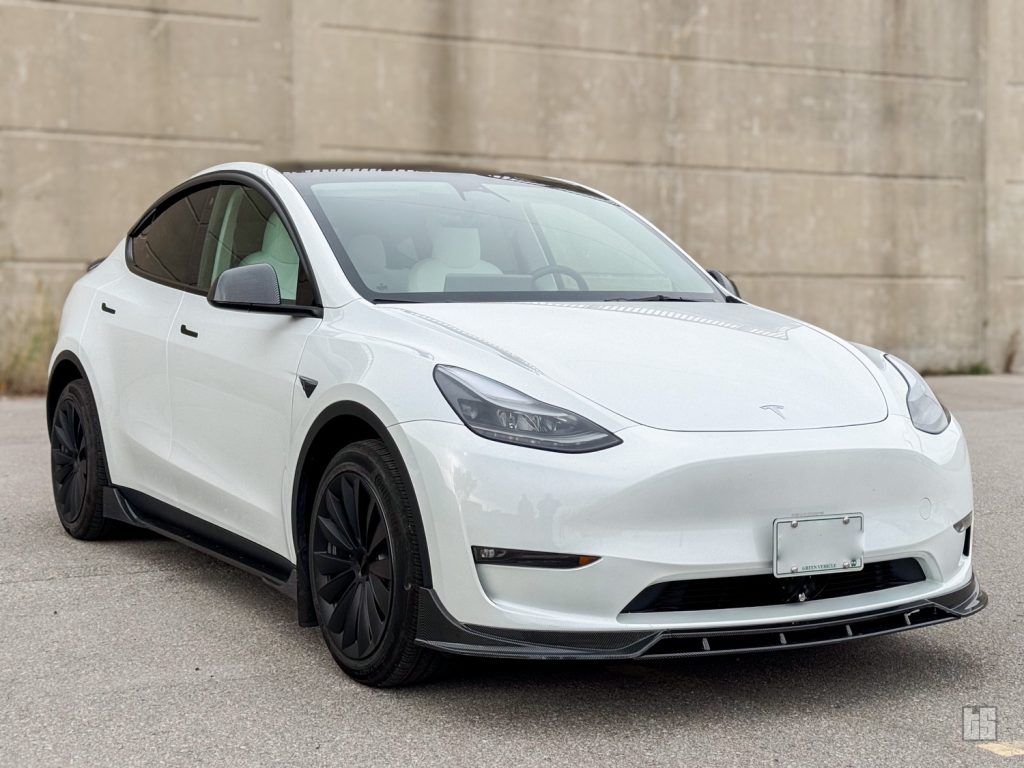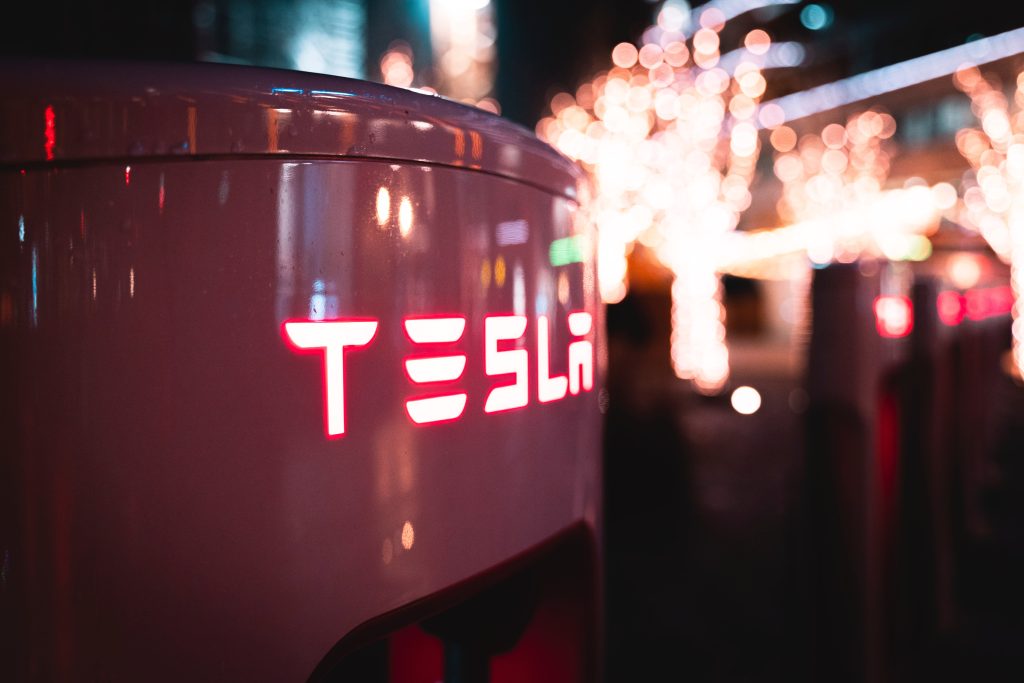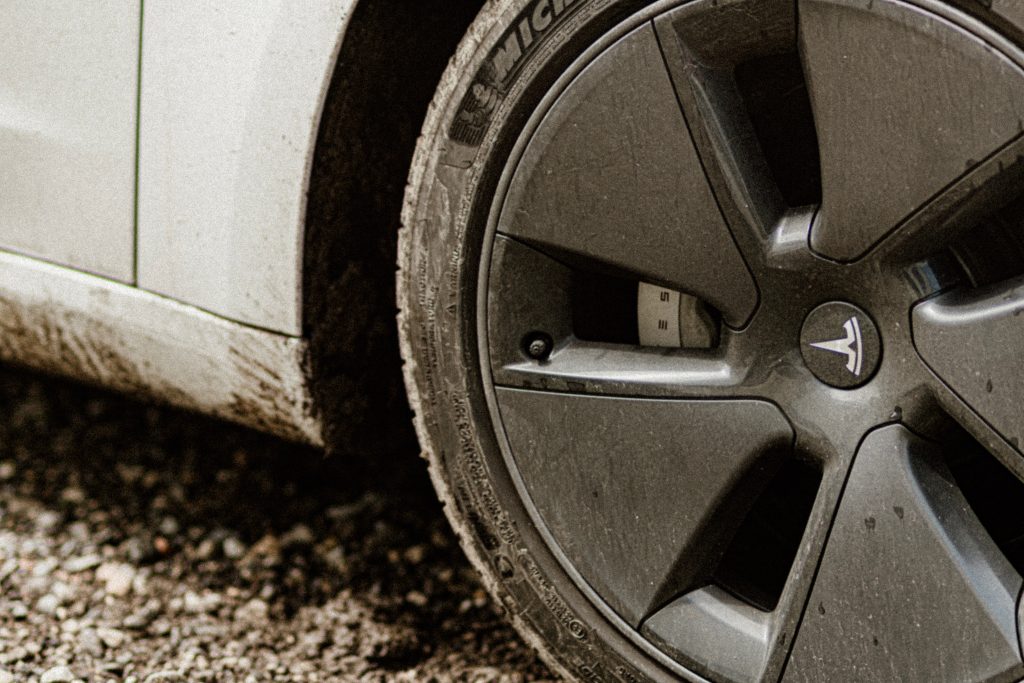By: Otaiba Ahsan

Owning a Tesla has been a life-changing experience for people all around the globe. While there are many benefits to talk about, there were several factors I wish I had known before getting one. Although my decision to purchase a Tesla wouldn’t change, it’s important to prepare for some of the less discussed factors when it comes to having a Tesla. Here’s what they don’t tell you about Tesla ownership.
The Charging Conundrum
So, you finally took the leap! You sat down, configured a Tesla exactly how you wanted, and paid the deposit. It’s an exciting rush and a great moment for many. Now the question becomes, where do you charge your car after you take delivery of it? Charging was something that was never discussed or pointed out to me in my Tesla purchasing experience and was something I had to figure out on my own.
For most Tesla owners, they’re coming from a gas-powered car and it’s their first electric vehicle (EV). When it comes to charging, there are two critical questions you must ask yourself before buying an EV:
1) Where to Charge
If you own a property with an enclosed garage, such as a detached home or townhouse, this is the simplest scenario, as you can install a Tesla Wall Connector or NEMA 14-50 outlet, which can be used with a Tesla Adapter and Mobile Connector.
Things can be a bit more complicated if you live at a property with outdoor parking or a shared parking garage. You’ll likely have to speak to the building or plot owner to request if an EV charger can be installed if one isn’t already there.
NOTE: If you plan to charge at home and rent the property where you live, then discuss with your landlord potential options before purchasing your Tesla. Be sure to explain how it can add to the selling price as demand for home charging solutions will only increase as EV adoption climbs.

2) Time it Takes to Charge
Charging your vehicle is quite a different experience than filling up a car with gas. The critical change is the time it takes to refuel. If you’re charging at home using a Level 2 setup, it’ll usually take 6-10 hours. We’ve created a detailed guide on the different Levels of charging for your convenience.
If there’s no way to fuel up at your residence, then you’ll need to charge at Tesla Superchargers or any third-party charger. Supercharging can take anywhere between 15-30 minutes, and is more costly than charging at home, although it’s still quite cheaper than filling gas in your vehicle.
Either way, you must factor in where and how long it’ll take to charge your Tesla before taking delivery.
Range Anxiety
Tesla vehicles are tested by the U.S. Environmental Protection Agency, also known as EPA, who then provide an estimated range for each car. While this range is a great starting point to work from, it’s not quite accurate for how much range you’ll have on a daily basis.
When I took delivery of my Tesla, the EPA estimated range was 576 km. However, I would say the real range on 100% charge is closer to between 450-500 km on average during moderate climates. Here are some reasons why the range is affected:
- Battery Degradation: It’s natural for the battery on your Tesla to degrade as it goes through numerous charging cycles. You may notice that the decline is fast at first but then tapers off afterwards. On 100% charge, my Tesla used to show 576 km, but now shows 520 km, which is about a 10% drop.
- Tires: The EPA estimated range is based on the tires that are provided with the car. However, if you decide to remove the aero wheel covers, or change the tires you’re using altogether, then it’s likely that your Tesla will see a reduction in its range. This is especially important if you’re in a colder climate and plan to use Winter tires.
- Climate: Both extremely hot and cold conditions can impact range. For example, your Tesla can lose 10% to 30% in range on average during the Wintertime. This is something that you must factor in before purchasing your EV.
Therefore, if range is of the utmost importance to you, be sure to grab the trim that offers the highest EPA estimated mileage. Also, see our tips on how to maximize range for your Tesla as well as our guide on how to accurately predict remaining range.
Maintenance Myths
While you can kiss oil changes goodbye, it’s wrong to say that Tesla’s don’t have any maintenance requirements. You don’t want to wait until there’s a foul smell coming out from your air conditioning vents to change the cabin air filters like I did. Other important maintenance includes tire rotation and balancing, as well as brake calliper lubrication.
You must stay on top of your Tesla’s maintenance schedule and take advantage of the vehicle’s warranty while you can. See our complete guide on how much maintenance is required for a Tesla.

Resale Realities
There seems to be a notion that Tesla’s retain their value better than most gas-powered vehicles. However, this isn’t exactly the case. In fact, both the Tesla Model 3 and Y have been seen to lose about 50% of their value after 5 years. These cars are still relatively new, but early signs show that they have a similar loss in value to many gas vehicles.
While many plan to keep their Tesla for the long haul, be prepared to have your car lose a good amount of its value in the first few years of ownership. This is especially important for those who like to switch from car to car quite frequently.
The resale value of your Tesla will vary based on mileage, location, condition of the vehicle, and more. But it’s something to keep in mind if you’re purchasing one.
The Bottom Line
Here’s what they don’t tell you about Tesla ownership. You’ll need to figure out a place to charge your car, and factor in the amount of time it takes to refuel. Also, it’s important to factor in range, potential maintenance, and how the vehicle’s resale value is impacted over time.
